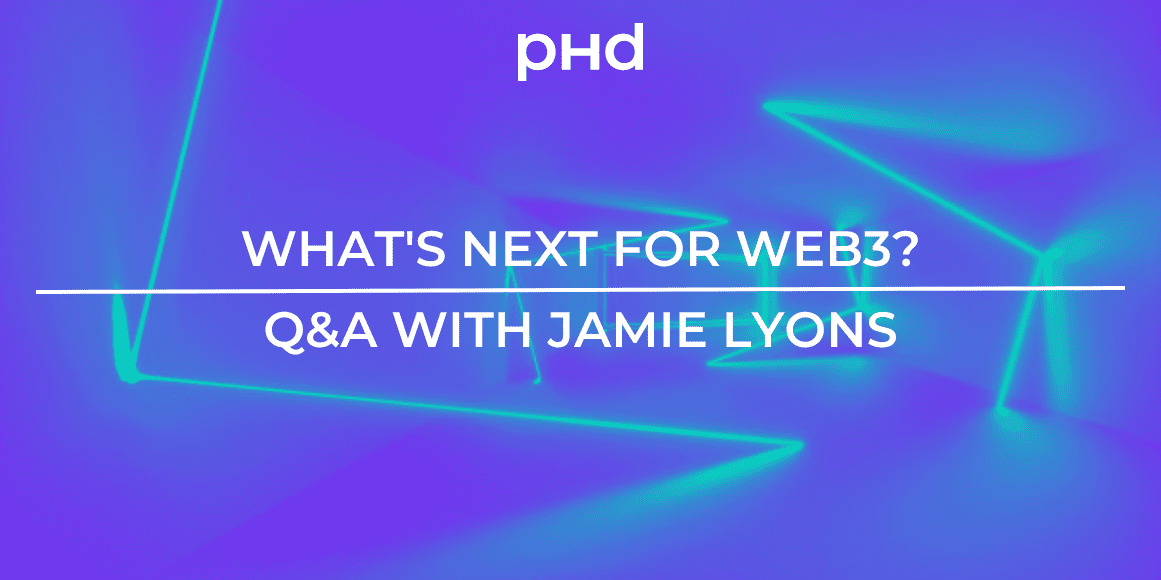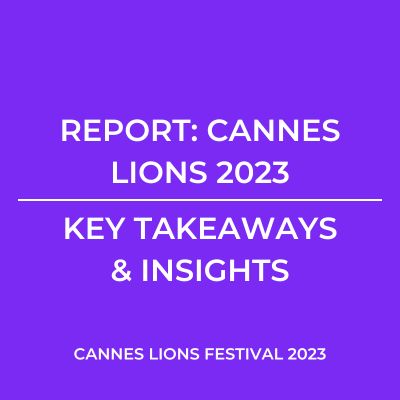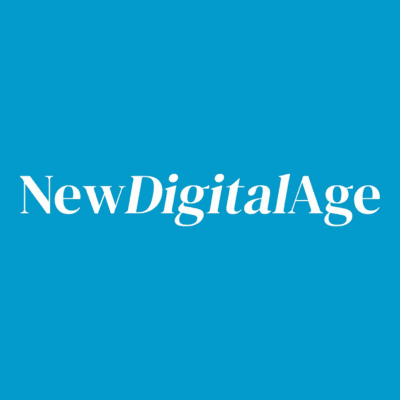Episode overview
Web3 promises to reinvent how consumers engage with brand messaging and consumer their content.
But beyond the hype, what exactly will be possible with Web3 technologies? How can marketers get involved at this early stage? And what skills will they need to thrive in this space?
To answer these questions and more, we spoke with Jamie Lyons, Global Head of Gaming & Virtual Experience at PHD UK.
PHD: What exactly is Web3 and the Metaverse – and how does it work?
Jamie Lyons: The metaverse is a contentious term and I think that’s the critical thing to bear in mind when talking about it now. It’s different things for different people.
For some, it refers to a vision of where they think the virtual experience may be heading – an interconnected, immersive, social ecosystem which serves as a decentralised virtual layer of existence…whilst others simply use the term when talking about massive social game worlds such as Fortnite or Roblox.
I don’t believe there’s a right or wrong answer, but I tend to define it as the meeting point of dimensionalised social experiences – three-dimensional, immersive, explorable spaces and decentralised infrastructure – an interconnected and interoperable web3 network.
Although elements of this interpretation of the metaverse exist right now, it’s all still being built and we could be a fair distance off interoperability across platforms and the scale of users needed to truly create a new layer of reality and drive a change in culture.
That doesn’t however mean that incredible immersive, social virtual experiences don’t exist right now, they absolutely do…whether on your phone or laptop screen or through the lens of AR, and VR, there are worlds to explore.
PHD: What are the actual opportunities for brands currently?
JL: Thinking about meaningful opportunities for brands, it’s important to take stock of just how nascent this whole metaverse thing is – even though we’ve been hearing about it for a fair while now!
Web 2.0 lasted roughly 15 years, and if we were to put ourselves back to two years into Web 2.0, then the iPhone is not out yet, MySpace is the dominant social platform and Google Chrome comes out next year. Essentially, all the things that came to signify what we think of as Web 2.0, didn’t exist at that point.
We’re currently two years into Web3. Given the evolutionary pace of Web2.0 – how confident can we be that the platforms, protocols and organisations that are currently front of mind in Web3 will still be as time passes?
In that context, what brands are currently faced with in terms of immediate territories for exploration is an array of opportunities which are for the most part standalone activations, platforms and initiatives.
These might not necessarily deliver in terms of the more long-term metaverse aspiration of a singular interconnected dimensionalised and decentralised ecosystem – but could well be building blocks towards a different way of engaging and connecting digitally.
Whilst Web3 and the potential to connect with communities through utility-backed NFTs and tokenisation-based loyalty programmes will make sense to some brands, the most abundant opportunity for the majority of brands is likely to be within the gaming and virtual experiences.
From simple out-of-home style executions in Roblox, to ‘rented’ badged experiences in Fortnite and pop-up presence at events within Decentraland, through to entire explorable brand worlds built by the likes of Surreal Events and collaborations with established games such as Minecraft..there are a wealth of high impact, high engagement routes to activation right now.
PHD: Are there any examples of industries or brands that you think are particularly winning in this space?
JL: I’d suggest that we can’t necessarily know who these winners are just yet. But I think those who are most likely to win are those brands who already have a relatively clear view of the testing roadmap that they’re following in these spaces, that have started to test out pockets of opportunity around virtual experiences and Web3 and have derived meaningful insight from what they’ve learnt so far to inform future steps they’re planning to take.
The early forerunners here are generally in the fashion and apparel space – Balenciaga, Gucci and Burberry have heavily leaned in and established solid presence with communities in virtual worlds and beyond that, investments such as Nike’s acquisition of RTFKT certainly look to have been very successful from both a revenue and Web3 audience engagement perspective.
PHD: Is it brand safe?
JL: I’d say that brand safety within gamified or immersive worlds is no worse than in social media – with strict codes of conduct, filters and moderators., There’s even more tonal and contextual control with the capacity to further curate the audience you’re engaging with when you move from social, user-generated content-driven platforms like Roblox more into standalone games on console, PC or mobile.
More diligence is required if you’re exploring the decentralized community opportunity, as they tend to mobilise around platforms like Discord, Telegram and Signal where there aren’t consistent codes of conduct for contributors, moderation is quite manual and there’s potential for less savoury content than you might otherwise find on broadcast channels, for instance.
PHD: Where should marketers go to get started?
JL: As a marketer, I’d suggest the easiest way in is to read, play and experiment. If you haven’t got a crypto wallet, get one. Go and understand the friction behind setting that up.
Explore crypto, NFTs and DAOs to develop a point of view on the challenges that people encounter in terms of establishing trust in a space they don’t necessarily fully understand and formulate your interpretation of what constitutes ‘utility’ in Web3-based projects.
Also, go and play some computer games! Experience the immersion of modern AAA titles, and the social elements of MMOs and prepare to be very surprised at just how visually impressive some Roblox-based experiences can be and the advances in VR and AR over the past two years.
PHD: What’s the one piece of advice or one thing that you’d want marketers to take away?
JL: Just being aware that the metaverse is likely to have some important influence on future marketing strategy is, for many, a good enough place to be right now.
So, keep reading, keep playing, understand the frictions, and don’t get lost in semantics about exactly what ‘the metaverse’ is or isn’t
If you are activating in the space then make sure you still focus on the outcomes and metrics that are important to the brand, meaningfully addressing their challenges or delivering against their business objectives. Engaging meaningfully and authentically with communities in Web3 and virtual worlds has the potential to be a long-term driver of growth rather than just a short-term vanity project.




